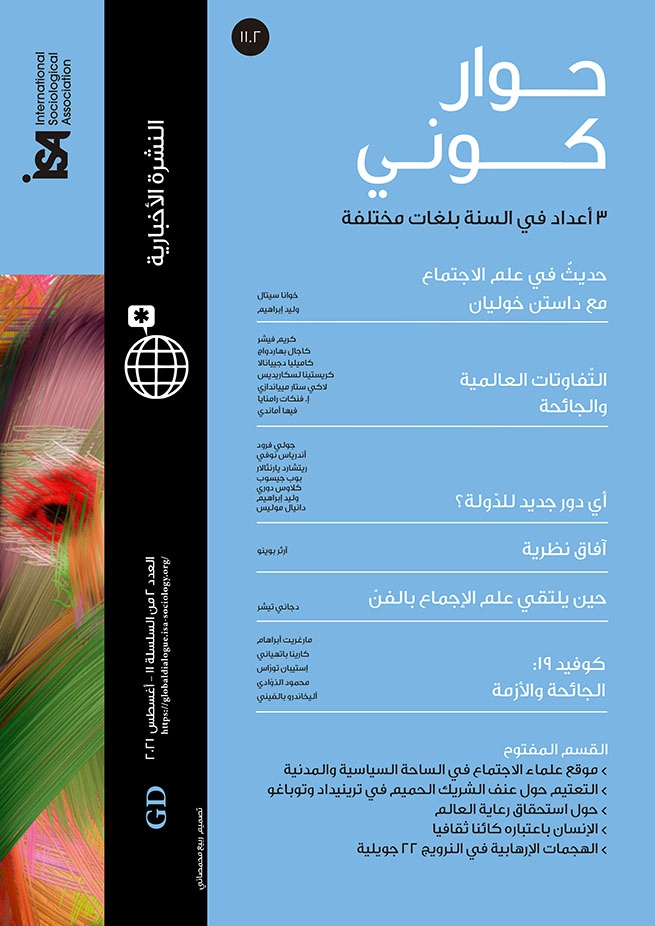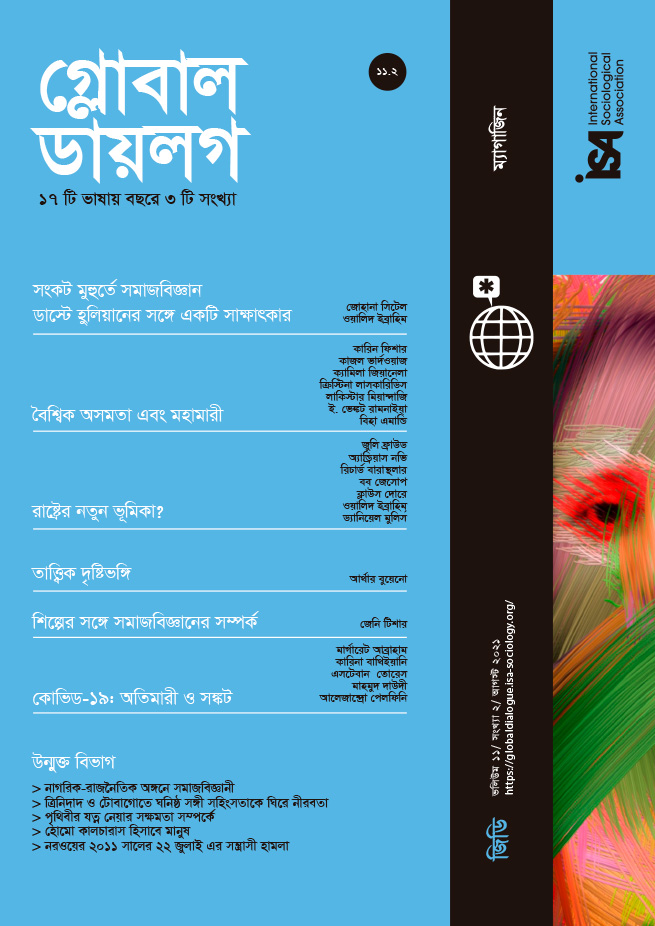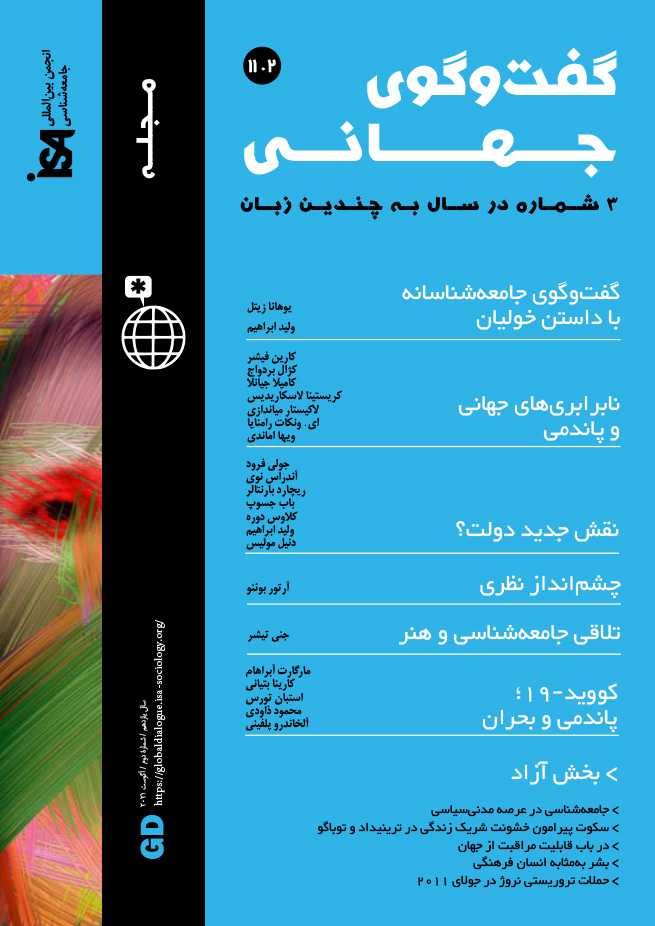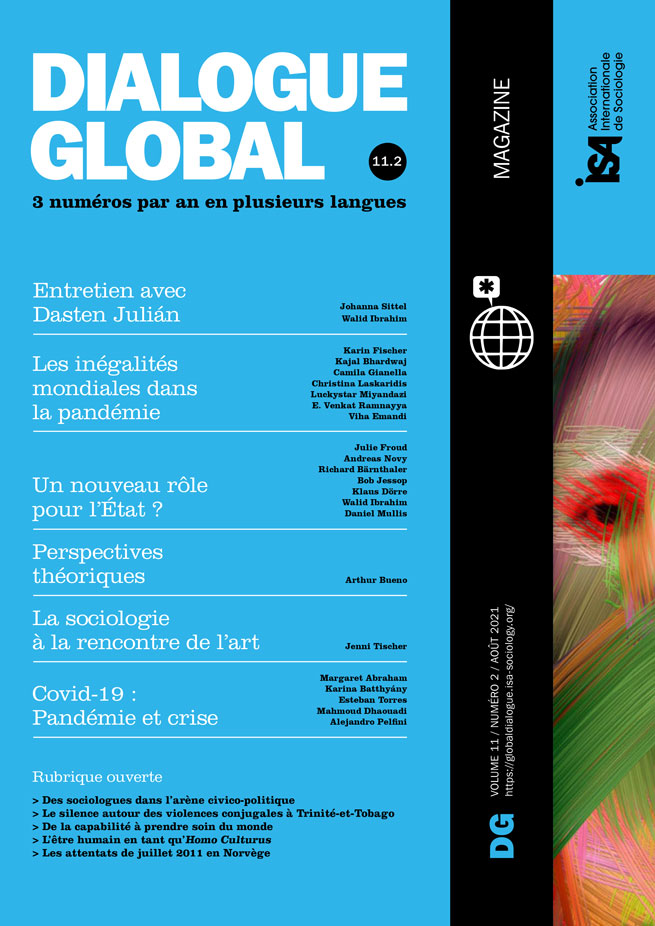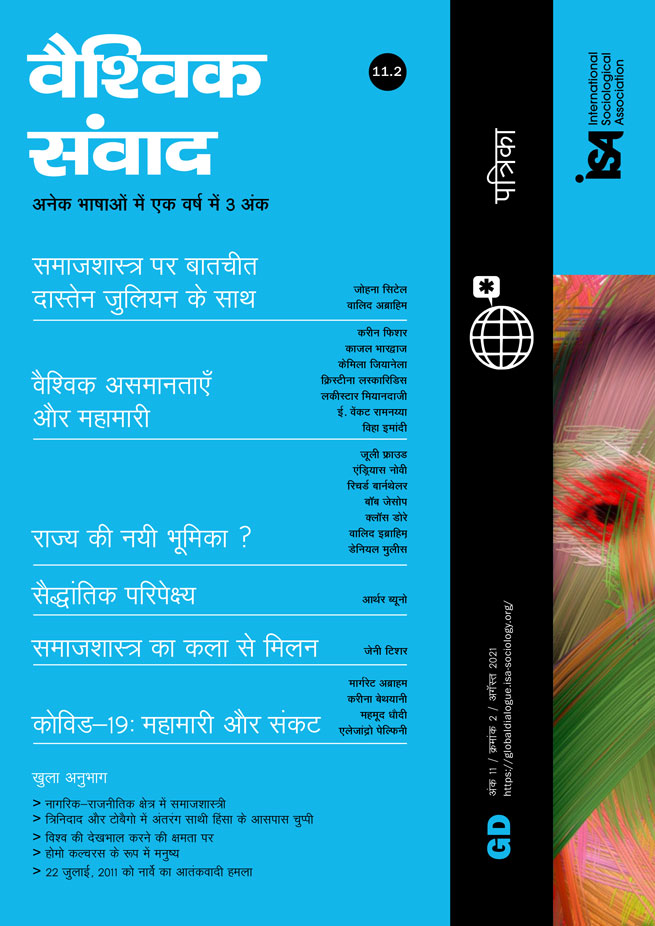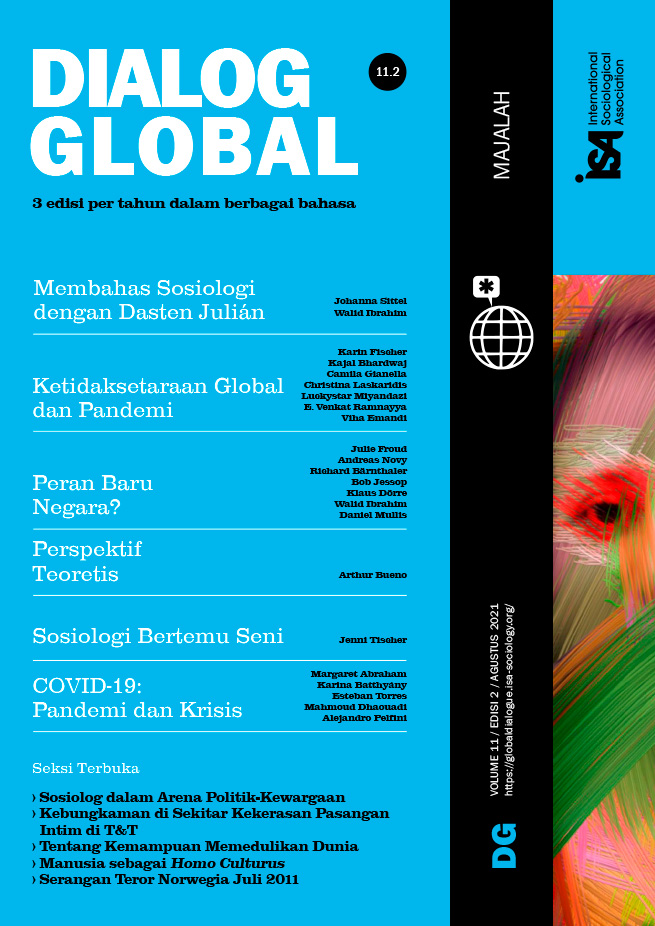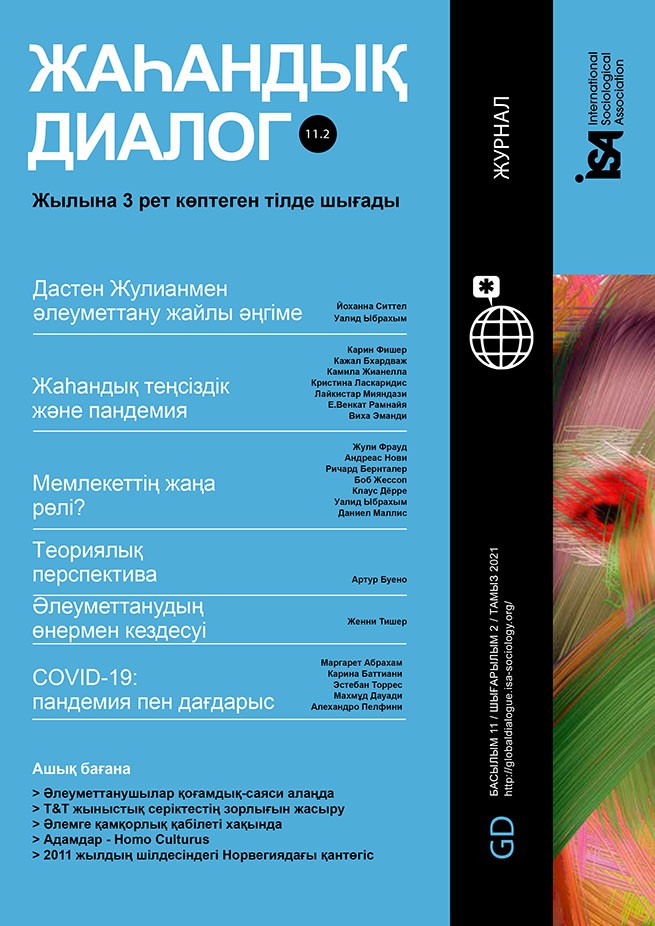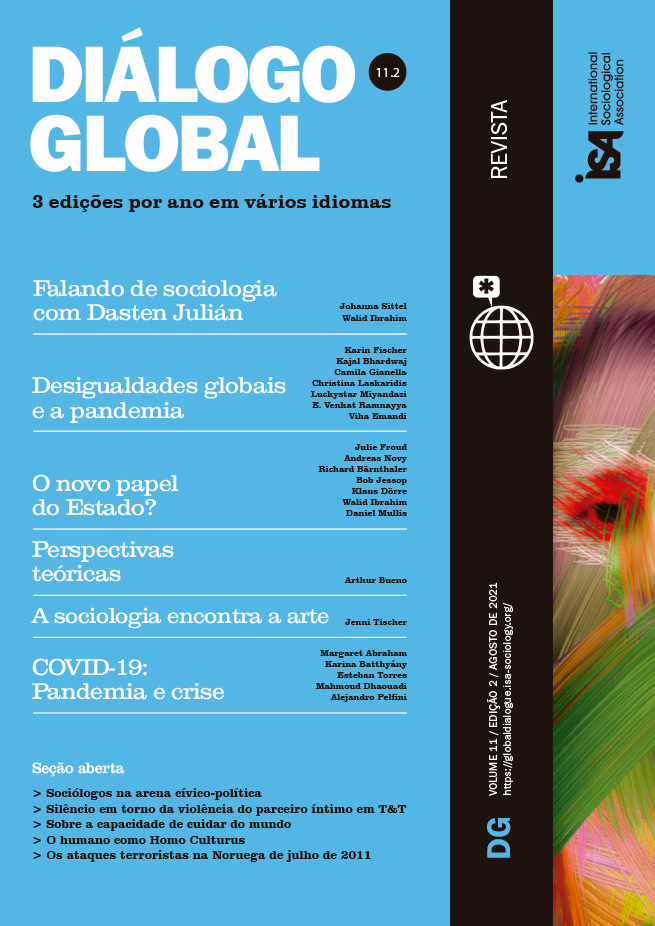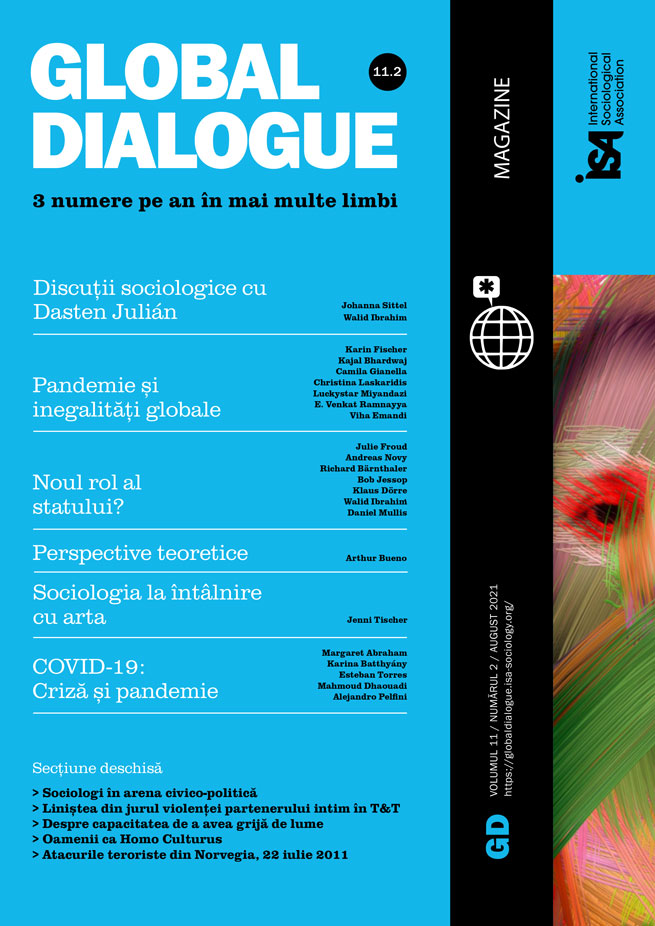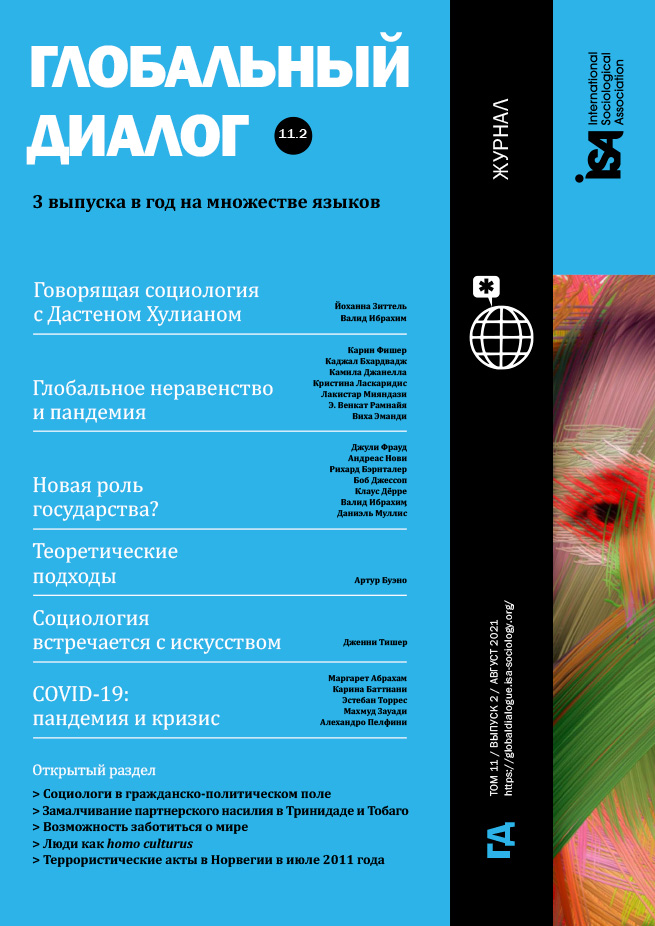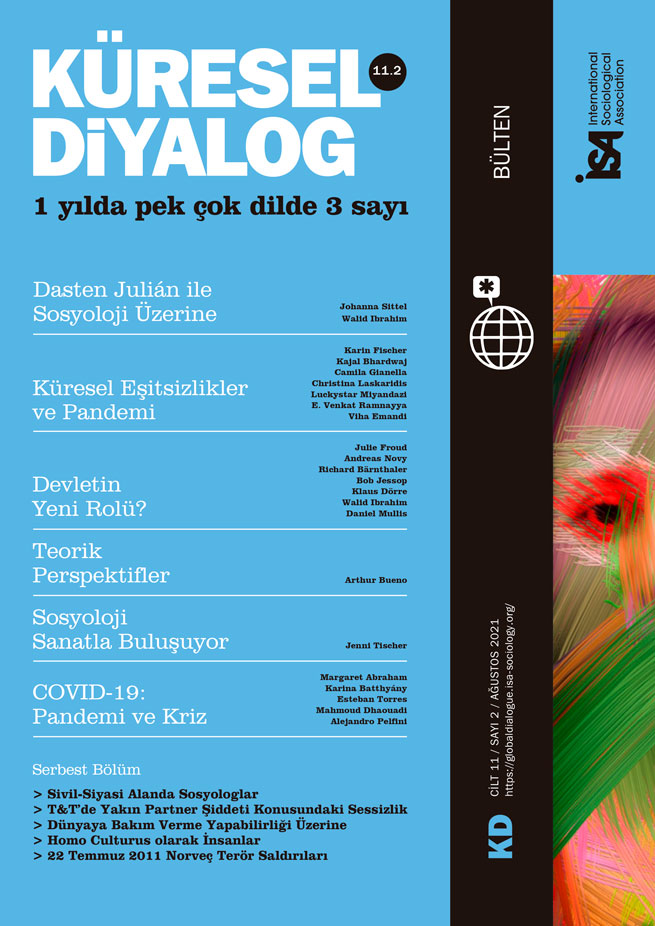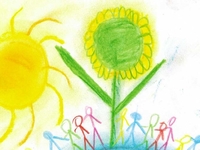The Norway Terror Attacks of July 22, 2011
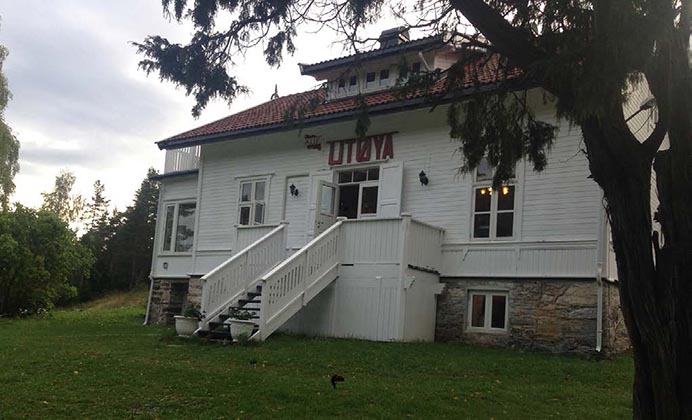
June 25, 2021
“Things happen, but their representation is up in the air”
Alexander, J. C. & Gao, R. (2012)
Fjotolf Hansen, most known by his former name Anders Behring Breivik, conducted two terrorist attacks in Norway on July 22, 2011, one at the executive government quarter of Norway, and the second at Utøya, where the Worker’s Youth League had their summer camp. Now, ten years later, the Norwegian society still grapples with questions that were raised in the aftermath. The attacks killed 77 people and wounded many more. They struck Norway as a nation, but also the world. International visitors attended the summer camp, and international media covered the attacks. The questions instantly posed regarded for instance the international inspiration for the attacks. However, Norwegian society had enough with coping with practical decisions in the immediate aftermath. Many underline in their accounts the timing of the attacks, the middle of the summer when Oslo is pretty empty and most people are on vacation. It made society even less prepared for something as horrible as this, and the response not as quick as expected or wanted. With a terrorist who had surrendered under his full name and had distributed a “manifesto” widely just ahead of the attacks, the search for answers could begin with the material available. The psychological question as to whether Breivik was sane or not was handled with by two psychological forensic expert committees in the same manner, albeit with two contrasting conclusions. The first committee found him paranoid schizophrenic, while the second found that he had a narcissistic personality disorder but still was sane during the attacks. The trial in Oslo District Court ended with Breivik being found sane and guilty. His sentence is the maximum penalty in Norway: 21 years in prison, with possible extensions. During his time in prison he has changed his name. On March 15, 2019 Brenton Tarrant carried out a terrorist attack against Muslims in Christchurch, New Zealand. He explicitly named Breivik as a source of inspiration, and the “22nd of July” became international news again.
“22nd of July” has become a metonym for the cultural trauma emerging after the events. It does not merely reflect a historical occurrence, but also the process afterwards, like “9/11”. The events made questions about collective identity pressing and challenged previous conceptions of Norwegianness. As the Norwegian confederation of trade unions asked: “How could ‘one of our own’ end up as a mass murderer?” This way of opening collective foundations for discussion is one of the indicators of cultural trauma.
There is a wide and growing international – and not only Norwegian – literature on “22nd of July”. Perhaps most well-known is the non-fiction book One of us by Åsne Seierstad, with its telling title. In the academic literature, the anthropologist Sindre Bangstad wrote a book called Anders Breivik and the Rise of Islamophobia in 2014 which delved explicitly into the question of the ideological motivation for terrorism. Whereas Bangstad is explicit on studying the dangers of Islamophobia as an important contextual factor, Sveinung Sandberg studies the self-narratives presented in Breivik’s “manifesto,” and finds four different ways of analyzing them, “either as strategic or determined or unified or fragmented.” He also points out how the different ways of describing Breivik reflect a struggle between anti-Islamists trying to focus on Breivik’s agency and leftist actors underlining structural approaches. Other lines of research that could have been mentioned are for instance studies of the media, debates on multiculturalism, trust and civic engagement, and counterterrorism policy. All these examples typically try to study the effects of 22nd of July. One important consequence to mention is that in the wake of the terrorist attacks the Norwegian government provided financial support for the establishment of the Center for Research on Extremism (C-REX), located at the University of Oslo, which according to Cynthia Miller-Idriss “is now widely recognized as the most comprehensive center for scholarly and public policy expertise on far-right extremism globally.”
This is not the space to provide the full account of scholarship on, or relating to, 22nd of July, but the following articles are brought forward as examples of the landscape in which I and Tore Rafoss have been working on a thematic issue of the Norwegian Journal of Sociology on “22nd of July.” The articles are to cover different aspects. The first article, “Trust in the aftermath of terrorism in Norway, France and Spain,” studies the importance of narratives as a part of citizens’ trust in politicians and society after terrorist attacks. The comparative cases are the terrorist attacks in Nice in 2016 and in Barcelona in 2017.
The second article is about memory work and is entitled “National memorials as a response to terrorism.” It studies the process of establishing national memorials in Oslo and Utøya by comparing with the Oklahoma City National Memorial and New York’s National 9/11 Memorial. The article ends with a discussion on how, paradoxically, national memorials often veil the political dimension of historical events and acts of remembering.
The third article, “The role of the court after 22nd of July,” sketches out a research agenda within the sociology of law by documenting the relationships between the court and survivors, and memory work and reconstruction. The ambition is to provide further understanding of how the court responds to extraordinary events.
The books that will be reviewed are Cynthia Miller-Idriss’ Hate in the Homeland, Anne Gjelsvik’s edited anthology Bearbeidelser [Ways of Working Through] Eirik Høyer Leivestad’s Frykt og avsky i demokratiet [Fear and Loathing in Democracy], and Hallvard Notaker’s Arbeiderpartiet og 22. Juli [The Labour Party and the 22nd of July].
As these articles and book reviews illustrate, the strength of sociology relies on its breadth when it comes to studying “22nd of July.”
Pål Halvorsen, journals editor at Scandinavian University Press, Norway <pal.halvorsen@universitetsforlaget.no>

